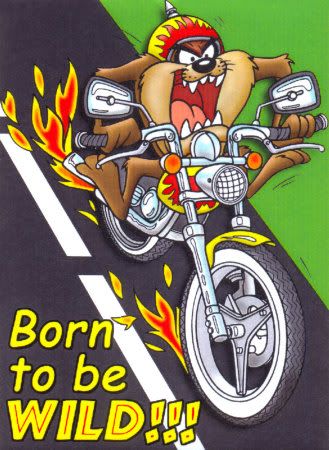Post by pushin30ridindirty on Feb 23, 2012 1:48:29 GMT -5
Let's say you are traveling along at 50MPH (just random numbers here, not looking to debate top speed of ceratin scoots). Your belt is at it's highest or outermost point in the variator and it's lowest or innermost point in the rear pulley to obtain the lowest (numerical) gear ratio. When you reach an incline or hit a headwind or do anything that puts a big load on the engine with a standard CVT setup the RPMs will drop steadily and in paralell with speed until you reach a speed that the engine can sustain. The fact that engine RPM and speed drop in parallel to each other is indicating that your CVT is still in the same gear ratio.
Now let's say you are traveling at 50MPH with your belt riding high in the front and low in the back again. This time your transmission is setup with lighter than stock rollers and the stock contra spring. Your engine will be operating at a higher RPM, because more revs are necessary to create enough centrifugal force to push the roller weights outward and to their highest points. You hit an incline or a headwind and the scooter doesn't slow as much as it did before the lighter roller weights, but engine RPM and speed are still dropping in parallel. This once again indicates that the gear ratio is not changing. The lighter roller weights have just kept the engine closer to it's peak power than the stock roller weights.
One more time, we're cruising at 50MPH in high gear. This time around you've got stock roller weights and a stiffer contra spring. You hit a hill or a headwind and the scooter begins to slow. It's different this time though. Instead of the engine's RPM and MPH dropping in parallel, the engine's RPM is staying more constant. Force being applied via the stiffer contra spring is forcing the CVT into a lower (numerically higher) gear ratio. rather than simply staying closer to the power band, the correct contra spring can keep the engine right in the corect power band for maximum pull.
That's been my experience with how rollers vs contra springs work. This is coming from a person that will literally spend full days swapping springs and weights back and forth until I approve of the results. I have no mountains to climb, but I do have inclines and declines in my daily travels.
nice post! good info, thanks!




